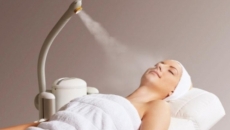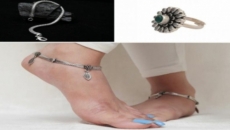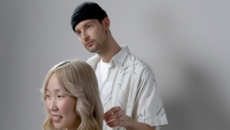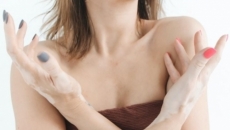Achieving glossy, glamorous, well-defined curls is simple with the proper care and products.
If someone flipped up a flashcard with the words “curly hair” written across it, it would evoke a variety of word associations for the reader. Glamorous? Luxurious? Bouncy? Perhaps. That is if that person had straight hair.
For those blessed with curly tresses, their thoughts may stray in another direction. Unruly? Hard work? Frustrating? Possibly the most prevalent complaint from people with curly locks is the inability to manage their hair. “The No. 1 complaint we often hear from consumers with curly hair is that they spend a great amount of time and effort to ensure their natural curls are maintained, well-defined and frizz-free,” says Lorna Mitchell, co-founder of British natural haircare brand Noughty.
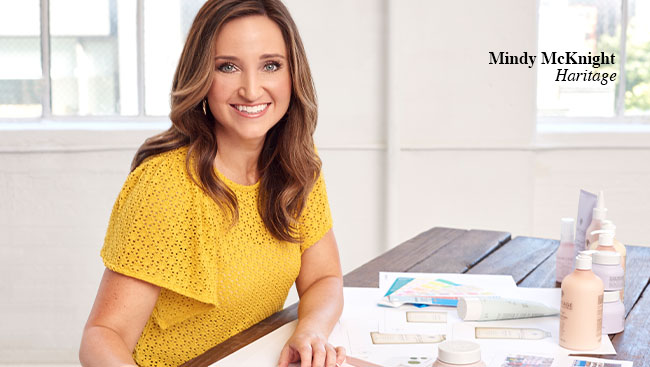
Mindy McKnight, founder of the recently-launched Hairitage line, concurs: “Hands down, the most common complaint I get from curly girls about their hair is about frizz and undefined curls.” The bald truth is that curly hair is different from straight hair in a fundamental way, and therein lies the challenge of managing it.
“Curly hair does not grow the same way as straight hair,” explains Melissa Tedeschi, National Education Manager for Kérastase.
“Right at the root of the hair, the inner root of the scalp, the hair has a twist at the bottom. It’s growing in a very different fashion than straight hair. This is why curly hair is drier … The way it grows, it doesn’t carry as much hydration as straight hair.”
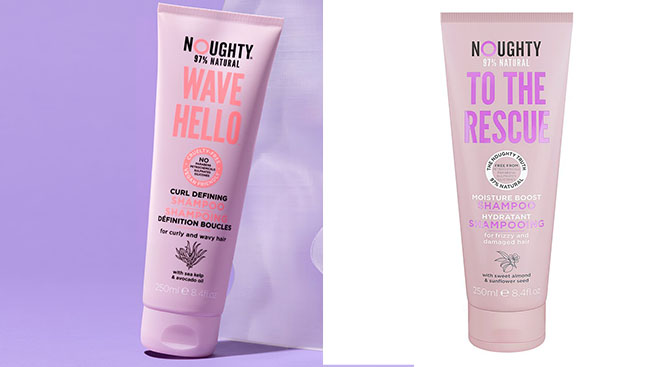
Tedeschi says that even when touching curly hair, it feels drier than straight hair. It’s always a little rough to the touch.
Mitigating that dryness is key when caring for curls. The first step is in sussing out the right products that will nourish the hair by providing long term hydration but it’s as important to know which products to avoid. “Firstly, curly hair is naturally drier than straight hair so it can become brittle and weak over time. Fragile hair types need lots of TLC so it’s best to opt for a sulphate-free formula that won’t strip strands of essential moisturizing oils,” Mitchell advises.
Tedeschi says although sulphates are simply cleansers, she agrees that they should be avoided so as not to over-cleanse already dry hair. “With curly hair you need to look for products that have a lot of nourishing ingredients in them, hydration ingredients in them,” Tedeschi explains. “The natural oil that comes out of the scalp to feed our hair often will fall off because of the twist.”
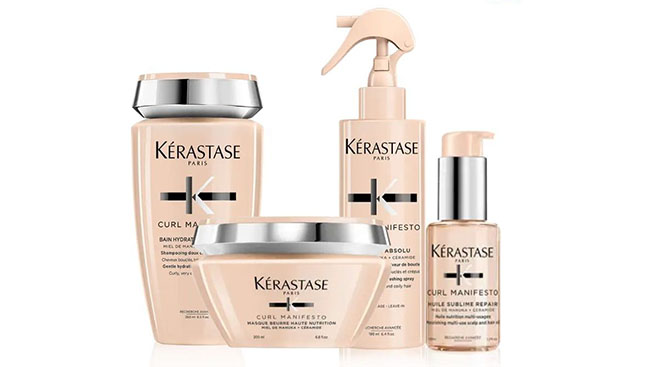
The key ingredient in the newly-launched Kérastase Curl Manifesto collection is the multi-beneficial, ultra-nourishing manuka honey which, Tedeschi says, provides long term nutrition.
McKnight says it’s that lack of moisture that causes the frizz but using the right haircare products will make all the difference.
“Using a weekly deep-condition hair mask, like Hairitage’s SOS Deep Conditioning Hair Mask, hydrates and rejuvenates strands which means soft, bouncy, frizz free curls,” she says.
Selecting product for the specific type of curl is also crucial for optimum results. Tedeschi says there are four types of curly hair: the wavy, the curly, the very curly and the coily.

Mitchell says Noughty’s curl collection was developed by determining curl pattern — from wavy to curly to coily—and then “assessing the benefits each group is looking for at every stage of their haircare routine. Everything from cleansing, conditioning, treatments and styling are all fundamental to our formulation process.”
Keeping hair washing to a minimum is essential for maintaining hydration, according to the experts. Two times a week should be sufficient but for those who want fresh-looking curl, a refresher product, not shampooing, is the best option.
“A lot of curly hair consumers think they have to wash their hair to keep that curl alive, awake, bouncy and beautiful but Kérastase Refresh Absolu is the product you will use the next day and the day after that to give it that bounce, elasticity, wake up the curl without having to rewash it,” says Tedeschi.
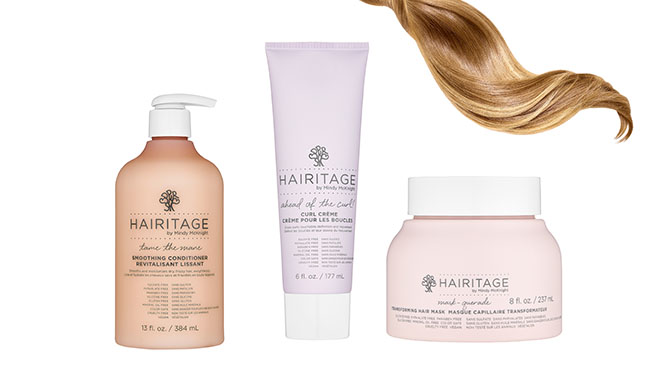
Mitchell agrees that a good curl spray can refresh and rejuvenate curls without the need for cleansing. “Incorporating a deep conditioning treatment like our Intense Moisture Mask can really help condition and prolong curls. Steer clear of any nasty ingredients like parabens that wreak havoc on the hair’s PH value which causes dehydration,” she advises.
When styling “curly hair always needs to be a little bit more moist than any other hair type,” Tedeschi says. “You need to retain some water on the hair fibre before styling. You apply the cream, then with your finger you do a twist on the hair while the hair is still wet and then you let it go. You want to envelope the hair with the styling product and then let air naturally. The water and the cream create a shield around the hair fibre and that’s how the frizz is controlled.” If you want to maintain the style, a gel will create hold and keep it together, Tedeschi says. She suggests applying it with your head upside down, lifting the hair, and with the gel in your hands, gently squeeze the hair and then let it down.
Taking control at the salon will also facilitate styling. McKnight suggests seeking out a stylist who can deliver a “a curly girl cut.”
“This is a special technique of cutting curly hair dry, instead of wet, giving the stylist the ability to shape individual curls,” McKnight explains.

Having hair shaped with a variety of layers makes all the differences, says Tedeschi.
“The longer the hair is the heavier it gets and you lose the bounce,” she observes. “So, adding shorter layers and longer layers will give a nice all-round bounce to the hair. It just makes the hair healthier.” She adds that the trend for curly hair is to embrace your curls. “Let your hair breathe. Make it flowy. You don’t want to have the gel-feel-crunch any more. You want natural, healthy, bouncy, shiny curls.”
Mitchell echoes this view saying that lockdown forced people to take a more natural approach to haircare, “More and more people are embracing their natural curly hair as the pandemic has forced us to lean towards more natural hairstyles.” Expanding on the approach, Tedeschi advises, “Just let your hair be what it needs to be. Let it breathe and let it be.”


